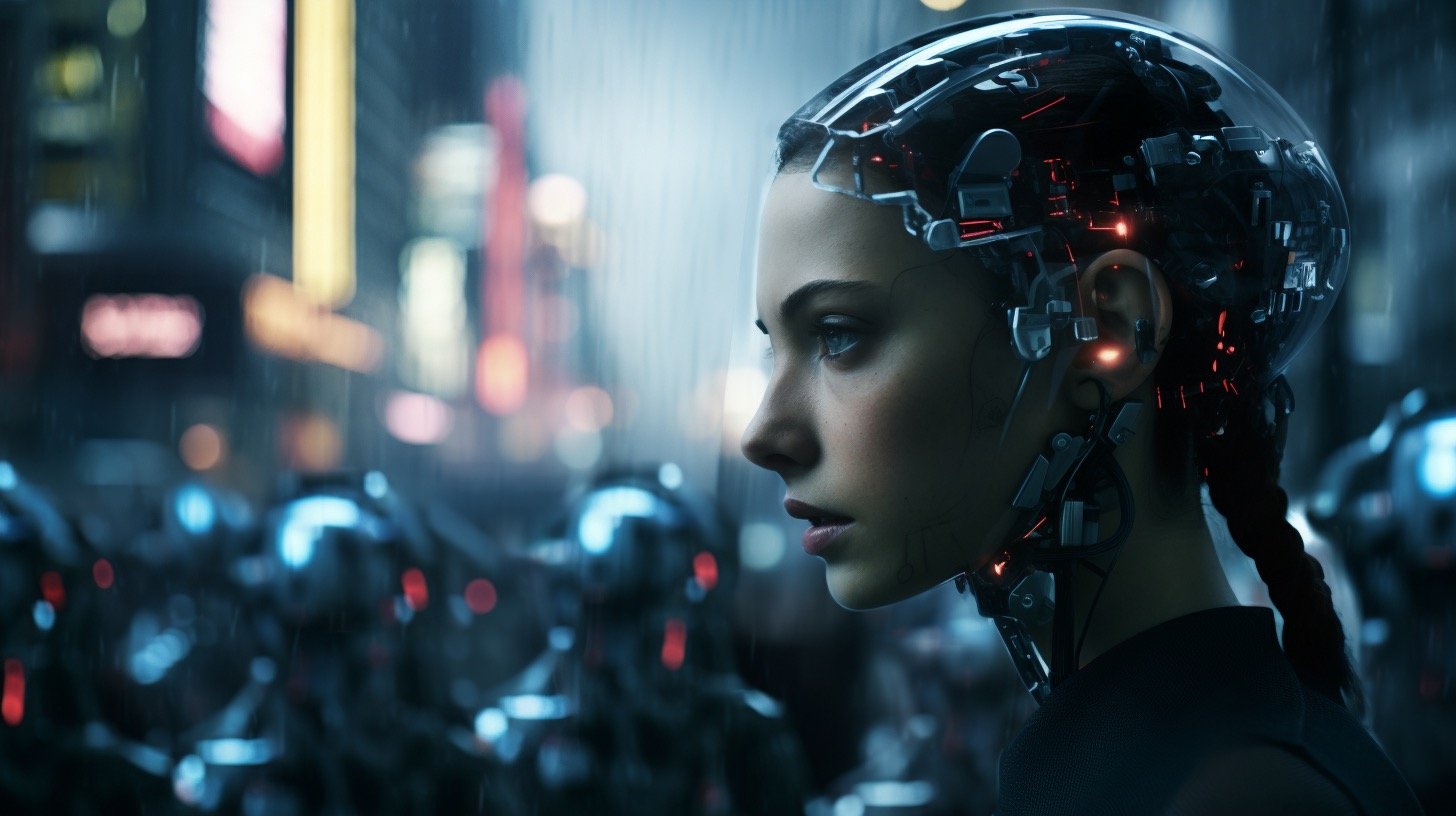
Digital artist Greg Rutkowski has found himself at the center of the AI art scene, despite his outspoken opposition to the use of artificial intelligence in creating art. Rutkowski’s unique and surreal style has made him a popular figure among enthusiasts of AI-generated art. His name has become a frequently used keyword by AI artists looking to mimic his artistic style.
While Rutkowski wanted nothing to do with AI art, the creators of the popular AI image generator Stable Diffusion, called Stability AI, removed his work from their dataset in response to his vocal opposition. However, the community of AI artists has now created a tool to mimic Rutkowski’s style against his wishes. Since Stable Diffusion is open source, Rutkowski and Stability AI have no control over the situation.
Rutkowski’s style has been requested over 400,000 times, surpassing even iconic artists like Picasso and Da Vinci, without his consent. This has created a digital quagmire for Rutkowski, who struggles to differentiate between AI-generated pieces and his genuine works.
Despite his popularity within the AI art scene, Rutkowski has become one of the technology’s fiercest critics. In response to feedback from Rutkowski and other digital artists, a major change was made with the release of Stable Diffusion 2.0. This update removed the ability to emulate the style of specific artists, causing discontent among users.
In the absence of Rutkowski’s style in Stable Diffusion 2.0, the art community sought to fill the void. They created a small model called LoRa, trained specifically to emulate Rutkowski’s style. This model is now freely available on Civitai.
The move to create a LoRa of Rutkowski’s style was not without controversy. Some argued that it was unethical to create a model against the artist’s wishes. Others pointed out that Rutkowski’s art had already been circulating in Stable Diffusion 1.5 for years.
As the world of AI and art evolves, the line between innovation and infringement becomes increasingly blurred. The art community is not shy about shaking up the digital canvas and exploring the dynamic interplay between artists and AI.









